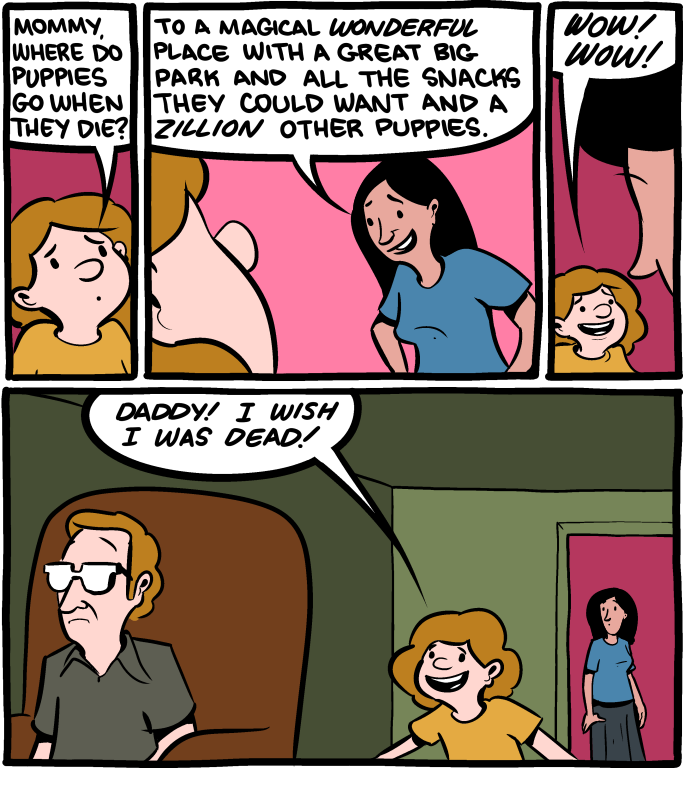The subjunctive
English verbs can exhibit a feature called mood. Moods have to do with the the reality of what you’re speaking (or writing) about. That might not be a very useful definition, but you no doubt recognize the names of the moods from grade school. You use the indicative when you’re asserting something to be true. You use the interrogative to ask a question. The imperative is for when you give a command. And the subjunctive is for when something is not real. In English, most verbs don’t have a separate form for the subjunctive; you have to figure it out from the context.
However, the verb to be does have a subjunctive form. It’s were. Now that looks like the past tense form, so you still need some context. The context you need is some way to say that the situation is not real. For example, if you were to start a sentence with If, you should use the subjunctive.
If I were in better shape, I could swim farther. But I’m not, so I can’t.
The normal past tense (indicative) is I was. I need the subjunctive because I’m not actually in good enough shape. Could, by the way, is a modal auxiliary, and I don’t want to get into those in this post, but note that you have to write could instead of can because you’re using the subjunctive. This is intuitive for native speakers of English. People generally get the could-can dichotomy right, but people fairly commonly get the main verb wrong, saying “If I was in better shape..”
Another contextual indication of the subjunctive is to express a wish, and that leads us to today’s comic grammar lesson, and a reminder that we parents should always tell our kids the truth, from Zach Weiner’s excellent Saturday Morning Breakfast Cereal:


really great explanation about subjunctive wish. In indonesia the students so difficult to understand it. With this article might be usefull for them all.
allow me to post and take the pictures of it due to make it more interesting
Hello Roger,
I am Sourabh Jain. I just read your article on parallelism. (I tried to email you,but the I think email address you provided is not correct)
http://writing-rag.com/432/parallelism-and-verbs/
You wrote: “when two or more verbs are parallel, they must all be the same type of verb. They can be linking verbs or action verbs, but not some of each”
I have been confused about it for quite some time. Your suggestion definitely helped me. But, still have one question. Consider following sentence from a book:
” I did not see the possibilities in his story, and he did and was right about it.”
I am confused about “did see” and “was” in the same sentence. Does is not violate parallel structure?
Also, please send me “five critical techniques” as you said on your website.
Thanks,
Sourabh
Oops, few typos.
1) Rogers not Roger.
and
2) Does “it” not violate parallel structure?
Sorry for the delayed reply–I’ve been neglecting this site (too busy doing actual writing). The two verbs in your example qualify as parallel—barely. Yes one is an action verb, and the other is not, but they are both third person, past tense, and have the same subject, giving them enough of a parallel feel that you can get away with it. The “it” at the end doesn’t affect the parallelism of the verbs. It’s just a plain old adverb phrase. You could make both verb phrases more parallel by having an adverb phrase attached to the first verb, too, but the sentence might start to feel stilted. I’ll send you my essay and a second one for good measure.
This cartoon made me smile because that was my response to my grandmother’s death. As an eight year old, I wanted to go with grandma so I could be with her.